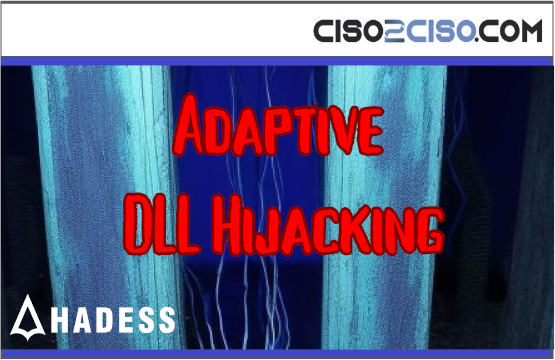Dynamic-Link Library (DLL) hijacking has been a focal technique for adversarial operations over the years, evolving from a simple exploitation method into a sophisticated and adaptive strategy for compromising software systems. The essence of DLL hijacking lies in the ability to insert malicious code into legitimate processes by manipulating the DLL loading mechanism within Windows operating systems. This technique leverages the inherent trust that software places in DLLs to execute unauthorized code, often bypassing traditional security measures. As defenders have become more vigilant, attackers have responded with increasingly complex implementations, making DLL hijacking a continually evolving battlefield.
Our journey into the depths of DLL hijacking has revealed numerous subtleties that impact its practical application. While the basic concept remains straightforward, achieving reliable and stealthy execution in real-world environments demands a deep understanding of various underlying mechanisms. This includes the intricacies of export table cloning, dynamic Import Address Table (IAT) patching, stack walking, and runtime table reconstruction. Each of these methods addresses specific challenges encountered during hijacking attempts, providing avenues to maintain process stability and evade detection. This introduction aims to shed light on these advanced techniques, distilled from years of operational experience and shared through our Dark Side Ops courses.
For those who have dabbled in DLL hijacking and encountered roadblocks, this discussion will serve as a detailed guide to overcoming common pitfalls. The initial thrill of executing a basic DLL hijack often gives way to frustration when the technique fails to scale to more complex scenarios. This post addresses these frustrations by delving into the reasons why simple hijacks fail and how adaptive methods can be employed to achieve more reliable and covert operations. By dissecting the mechanics of both static and dynamic sinks of DLL execution, we offer insights that can bridge the gap between theoretical understanding and practical success.
The concept of “execution sinks” is crucial for understanding how DLLs are loaded and initialized within a process. Static sinks involve the inclusion of a DLL in a program’s dependency graph, resulting in initialization during process startup. In contrast, dynamic sinks occur when a DLL is loaded on demand during runtime through functions like LoadLibrary. Each scenario presents unique challenges for hijackers, particularly concerning the handling of export tables and maintaining the stability of the host process. Our exploration will clarify these distinctions and provide strategies for navigating them effectively.
Function proxying emerges as a vital technique for ensuring the stability and continuity of hijacked processes. By redirecting function calls from the hijacked DLL to the legitimate one, attackers can maintain the expected behavior of the target application while executing their malicious payload. This section will cover various methods for implementing function proxying, from simple export forwarding to more dynamic approaches like runtime linking and stack patching. Understanding these techniques is essential for anyone looking to master DLL hijacking in complex environments.
Views: 0




















































